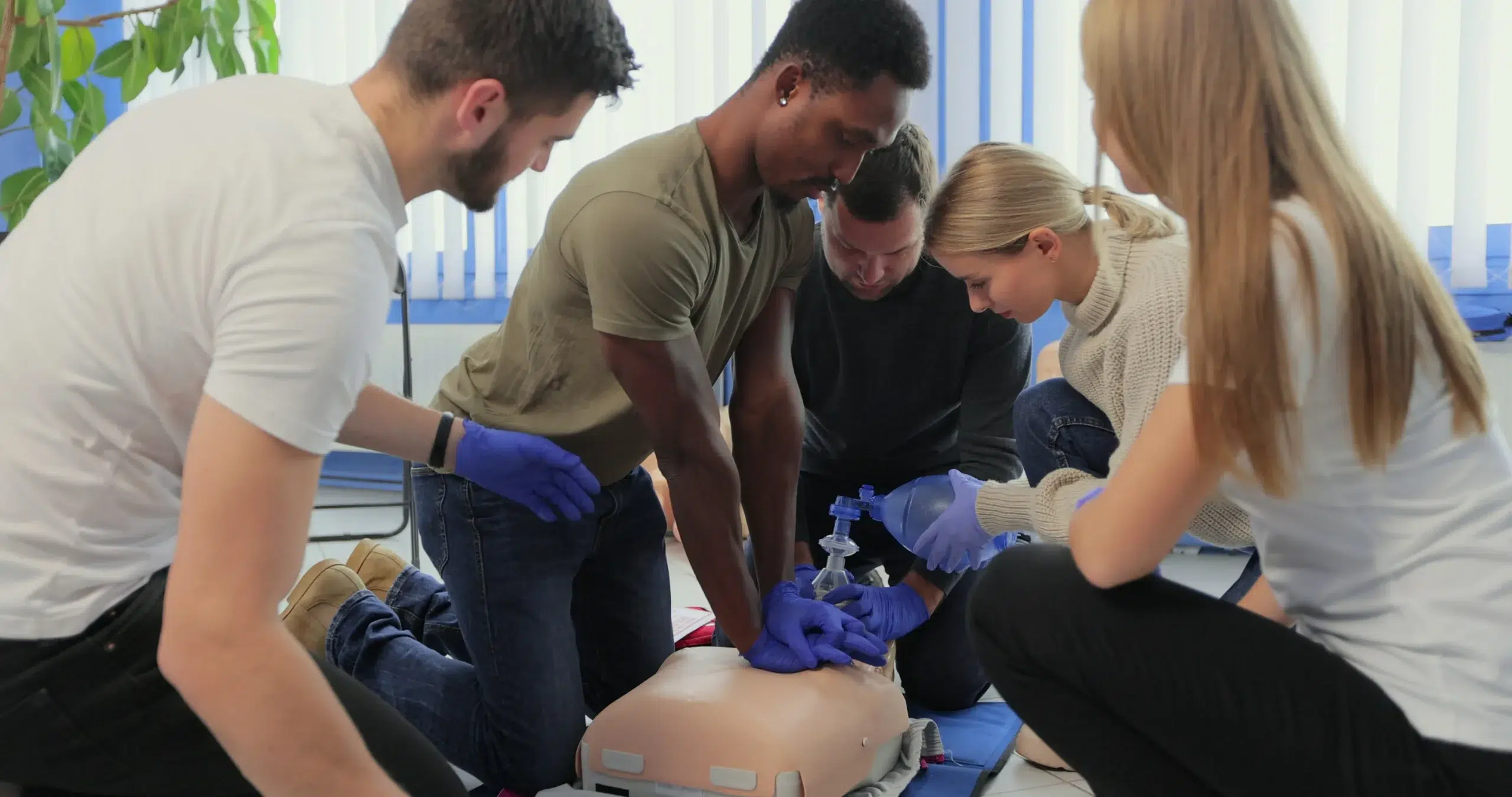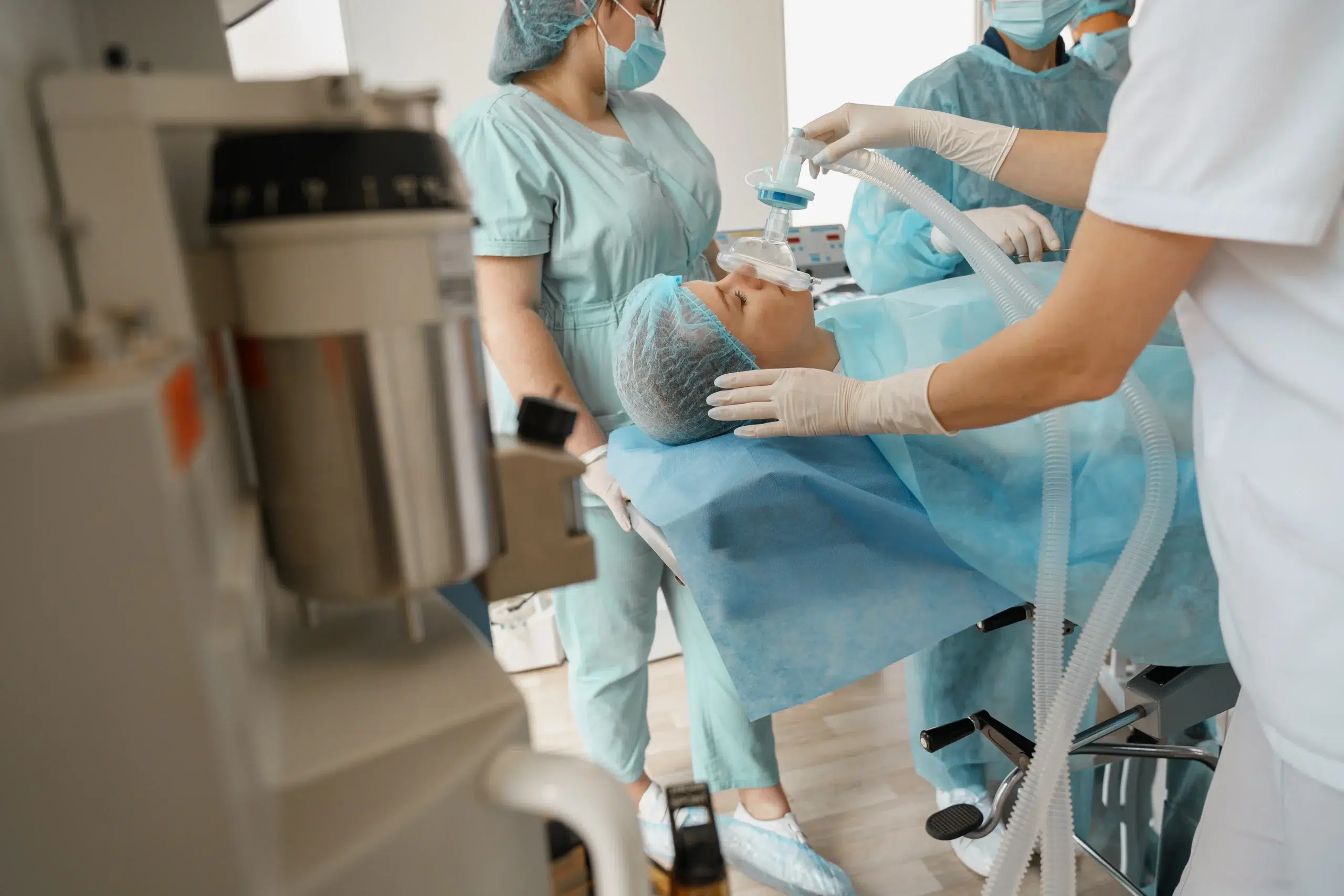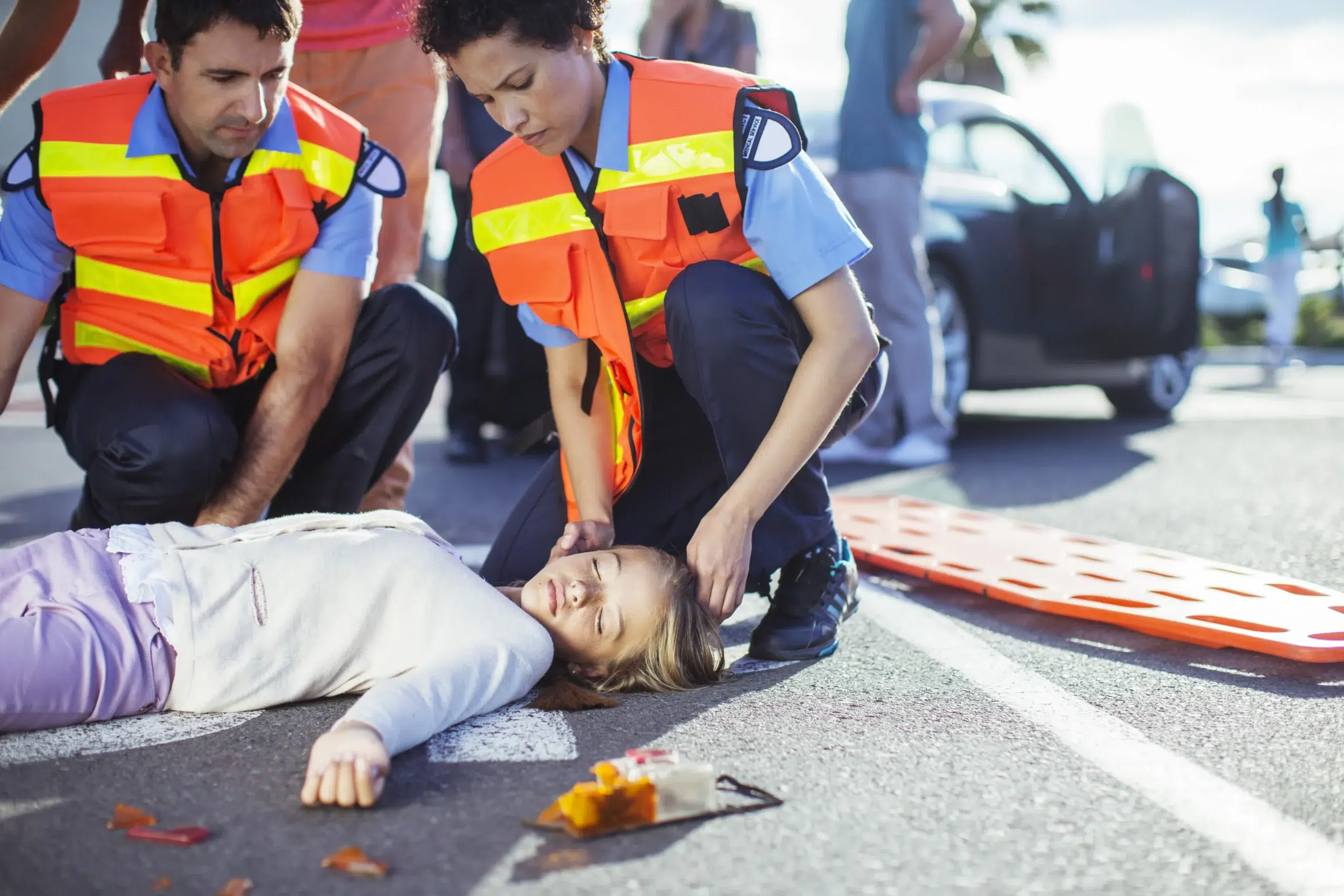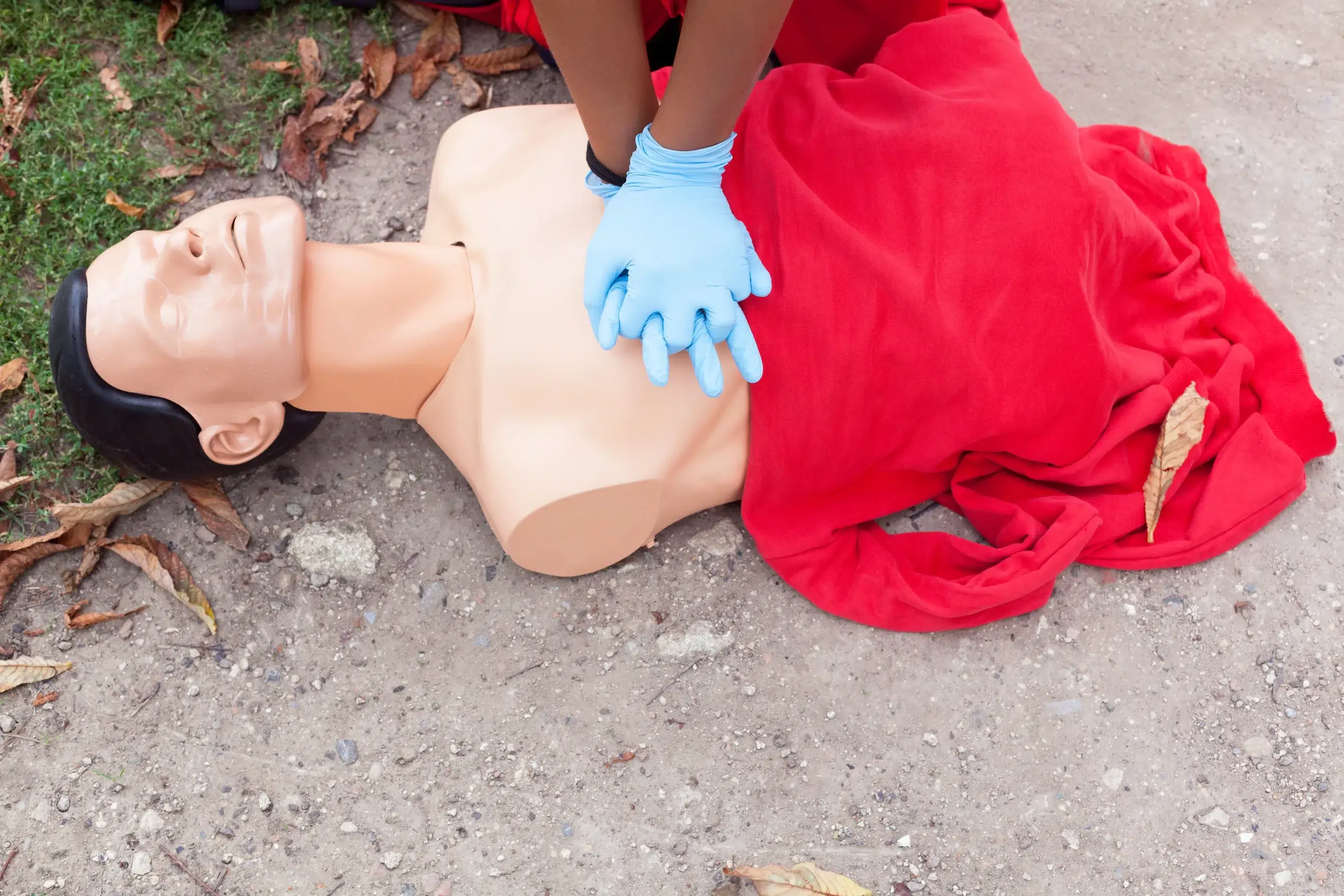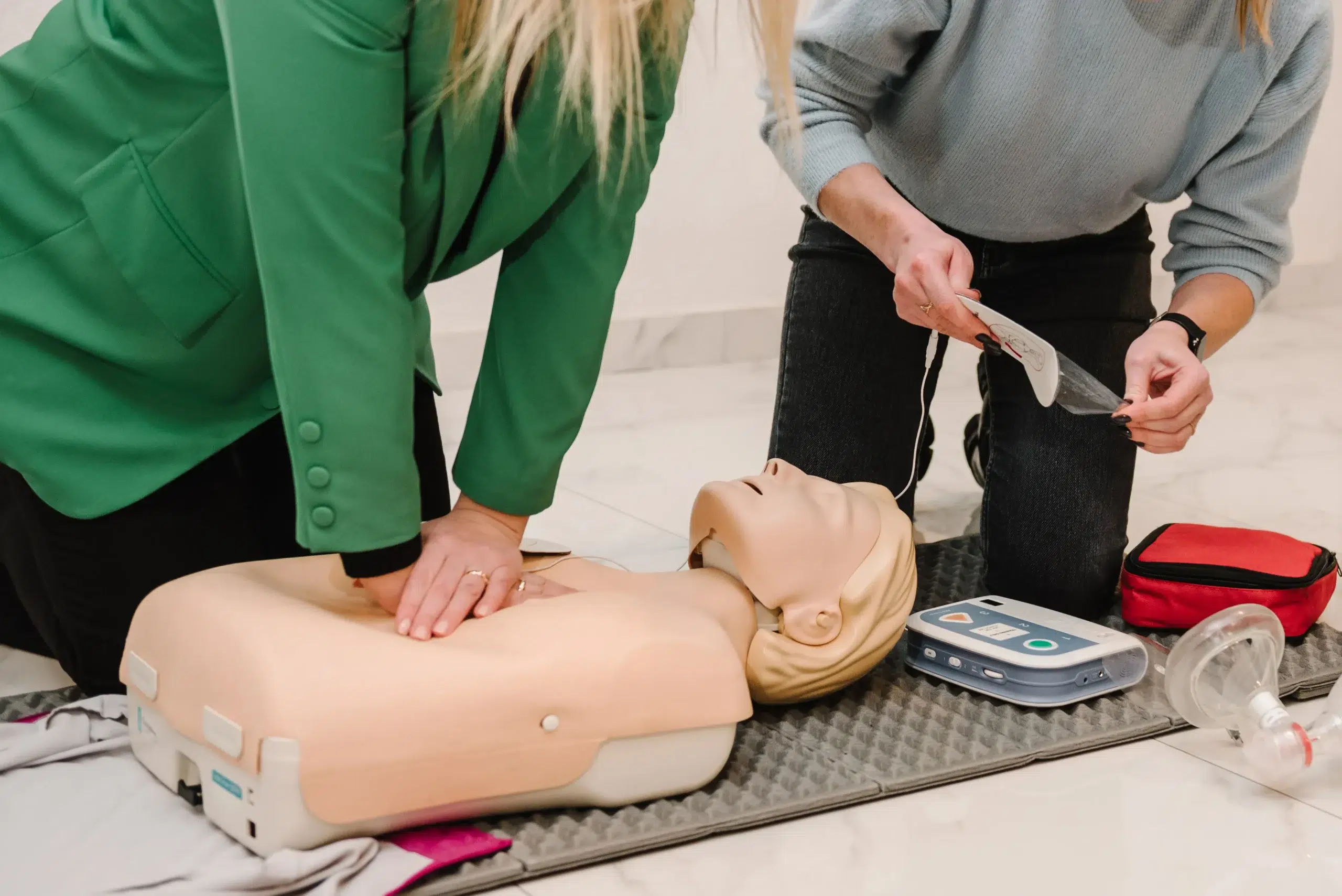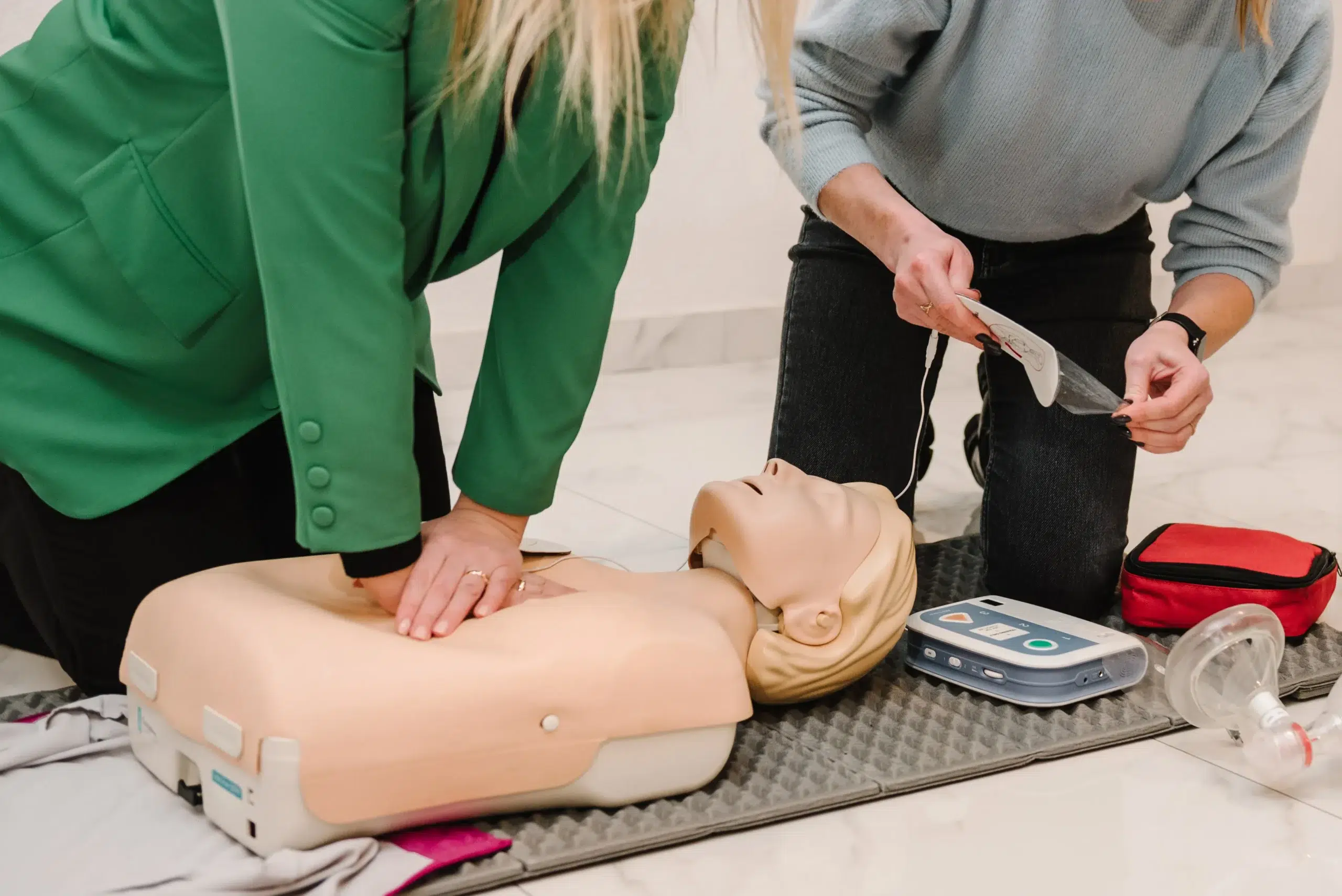BLS training is more than just a certification—it’s an investment in your ability to provide critical care during emergencies. This guide demystifies the process of finding and choosing the right BLS training program for you. We’ll cover everything from the basics of BLS to advanced techniques, addressing common misconceptions and providing practical advice. Whether you’re a healthcare professional, a caregiver, or simply someone who wants to be prepared, we’ll help you find “bls training near me” and guide you through the certification process.
Key Takeaways
- BLS skills empower everyone: From healthcare providers to everyday people, BLS training equips you to confidently handle medical emergencies and provide crucial aid when it matters most.
- Find the right BLS course for you: Explore various training formats (in-person, blended, or online) and consider factors like provider reputation, instructor experience, and schedule flexibility to maximize your learning.
- Stay current with your BLS certification: Recertify every two years to maintain your skills and ensure you’re always prepared to respond effectively in a crisis. Regularly refreshing your knowledge reinforces your ability to provide vital support.
What is BLS Training & Why Do You Need It?
BLS stands for Basic Life Support. It’s a critical training program that teaches people how to respond to life-threatening emergencies. Knowing BLS can empower you to provide immediate care during those crucial moments before professional help arrives. This often involves recognizing when someone needs CPR, delivering chest compressions, providing rescue breaths, and using an AED.
What BLS Teaches You
BLS certification equips you with the skills to confidently respond to various medical emergencies. You’ll learn CPR for adults, children, and infants, how to use an automated external defibrillator (AED), and basic first aid. Plus, BLS training emphasizes teamwork and communication—vital skills in high-pressure emergency situations. These combined skills make you a valuable asset in any crisis. Learn more on our BLS certification page.
Why Healthcare Professionals & First Responders Need BLS
For healthcare providers and first responders, BLS is a must-have. It’s the foundation for delivering high-quality care during emergencies. From nurses and doctors to EMTs and paramedics, BLS principles are essential for patient safety and positive outcomes. Regular BLS training ensures these professionals stay sharp and ready to respond effectively. Maintaining your BLS certification demonstrates your commitment to providing the best possible care.
How BLS Benefits Everyone
BLS isn’t just for medical professionals—it benefits everyone. Learning BLS empowers individuals to assist family members, friends, coworkers, or even strangers during a medical crisis. These skills can make a real difference in any community. By increasing the number of people trained in BLS, we create a network of lifesavers ready to step up when needed. Consider taking a group CPR class with friends or family.
BLS Training Myths Debunked
There are a few common misconceptions about BLS training that might be holding you back. Let’s clear them up:
- Myth: BLS is only for medical professionals. Fact: Anyone can benefit from BLS training, from teachers and coaches to parents and grandparents. Knowing BLS can empower you to help anyone, anywhere.
- Myth: BLS certification is too expensive. Fact: BLS training is an investment in your skills and the well-being of those around you. Many providers offer competitive pricing and even group discounts to make training more accessible. We also have a low price guarantee.
- Myth: BLS certification is a one-time thing. Fact: BLS skills require regular refreshing to stay current with the latest guidelines. Recertification ensures your skills remain sharp and effective. Contact us to learn about our RQI classes for maintaining your certification. Reach out if you have any questions.
Find BLS Training Near You
Finding the right BLS training program requires a little research, but it’s well worth the effort. Here’s how to find a class that fits your needs and schedule.
Where to Find Local Training
Citrus Heights offers a variety of CPR courses, from basic life support for the community to advanced training for healthcare professionals. Start by checking local hospitals, community centers, and fire departments. Many offer regular BLS certification courses. You can also broaden your search online for training centers in your area. Don’t forget to check with your employer; some organizations offer on-site BLS training for their employees.
How to Search Online
A quick online search for “BLS training near me” will reveal several options. You can also search for specific organizations, like the American Heart Association or American Red Cross, to see their course offerings. Many training providers, like Citrus Heights CPR Classes, offer courses throughout the week and can even teach CPR and first-aid classes at your location.
Choosing the Right Location
Consider factors like class size, location, and schedule when choosing a BLS training provider. Smaller classes often allow for more personalized instruction. Also, think about the provider’s reputation and whether they offer the type of certification you need (American Heart Association, for example). Citrus Heights CPR Classes is a woman-owned AHA Training Center offering a range of American Heart Association courses. Reading online reviews can give you a sense of other students’ experiences.
BLS Training Providers
Here are a few well-known BLS training providers:
American Heart Association
The American Heart Association offers a wide range of CPR and first-aid courses, including BLS. Their RQI program is a popular option for healthcare professionals seeking BLS, ACLS, and PALS certification.
American Red Cross
The American Red Cross also provides comprehensive BLS training. They offer various course formats, including in-person and blended learning (online and in-person) options. Check their website for courses near you.
Citrus Heights CPR Classes
Citrus Heights CPR Classes offers a variety of AHA-certified courses, including BLS, ACLS, PALS, and first-aid training. They focus on providing convenient and accessible training options for the local community.
National Safety Council
The National Safety Council is another reputable organization that provides CPR and first-aid training, including BLS certification. They offer courses for individuals and workplaces. You can often find NSC training through local community colleges or businesses.
ProTrainings
ProTrainings offers online BLS certification courses that are convenient for busy healthcare professionals. Their online format allows students to learn at their own pace. Visit their site for more information on their online courses.
BLS Training: Formats & Costs
In-Person, Online, or Blended Learning?
BLS training comes in several formats, so you can choose what works best for your schedule and learning style. In-person classes provide hands-on training and direct interaction with instructors. You can ask questions and get immediate feedback, which many students find helpful. Some courses offer a blended learning approach—you’ll complete online coursework, then attend an in-person skills session. This format gives you flexibility while still ensuring you get practical experience. Fully online courses are also available, allowing you to study at your own pace, anytime and anywhere. Many online programs use scenario-based learning to improve critical thinking and problem-solving skills, just like in-person courses.
How Much Does BLS Training Cost?
BLS certification courses typically start around $60 for basic training, including same-day certification cards. More comprehensive programs, which may include additional materials or practice sessions, are usually priced around $110. Check with various training centers in your area to compare pricing and what’s included. Remember to factor in any additional costs, such as travel or study materials, when budgeting for your training. Our low price guarantee ensures you’re getting the best value.
Employer Reimbursements & Group Discounts
Many employers reimburse the cost of BLS training, especially for healthcare professionals and other roles where certification is required. Check with your HR department to see if your company offers reimbursement. If you’re signing up with a group, ask training centers about group discounts, which can significantly lower the cost per person. This can be a great option for workplaces or community organizations looking to train multiple people at once.
Choosing the Right Format
The best BLS training format depends on your individual needs and preferences. If you thrive in interactive settings and value hands-on learning, an in-person class might be the best fit. If your schedule is tight or you prefer self-paced learning, a blended or online course could be more convenient. Consider your learning style, budget, and the requirements of your workplace or profession when making your decision. Citrus Heights CPR Classes offers a variety of American Heart Association courses, including BLS, in several formats to meet diverse needs. For added convenience, some providers offer on-site training, bringing the course directly to your workplace or home. Contact us to discuss your options and find the perfect fit.
Get Ready for Your BLS Certification
So, you’ve signed up for your BLS certification class—congratulations! Now, let’s make sure you’re prepared for a smooth and successful learning experience. This section covers everything you need to know before your class, from what to expect during training to how to maintain your certification afterward.
What Happens During the Course?
BLS certification classes cover essential life-saving skills. You’ll learn CPR for adults, children, and infants, how to use an automated external defibrillator (AED), and basic first aid. The course also emphasizes teamwork and communication, so you’ll practice responding to different medical emergencies as part of a team. Citrus Heights CPR classes follow the American Heart Association guidelines, ensuring you receive high-quality, up-to-date training. You’ll learn how to confidently respond to various medical emergencies.
What to Bring
For in-person classes, comfortable clothing is essential since you’ll be practicing physical skills like CPR. If you’re renewing your BLS certification, bring your current, unexpired card. Double-check with your chosen provider to see if they require any other materials, like a printed copy of your registration confirmation.
Tips for Certification Success
A few simple steps can help you maximize your learning. Before class, review any pre-course materials your instructor provides. During the course, actively participate, ask questions, and engage with your classmates. Remember, the goal is to build confidence in your skills. The collaborative environment of BLS CPR classes fosters a supportive learning experience. Consider whether in-person or blended learning best suits your learning style and schedule. Thinking about these factors ahead of time can make a big difference in how much you get out of the course.
Maintaining & Renewing Your Certification
BLS certification is typically valid for two years. Don’t let it lapse! Recertification is essential to stay up-to-date with the latest guidelines and maintain your skills. Set reminders or mark your calendar to avoid any last-minute scrambling. Many providers offer renewal courses, making it easy to refresh your knowledge and keep your certification current. It’s a common misconception that BLS certification is a one-and-done deal, so plan to renew every two years to maintain your qualifications. This ongoing commitment ensures you’re always prepared to provide effective, high-quality care.
Choose the Right BLS Provider
Finding the right BLS provider is crucial for a valuable learning experience. Here’s what to consider when making your decision:
Accreditation & Certification
First things first, confirm your BLS provider is accredited by a nationally recognized organization like the American Heart Association (AHA) or the American Red Cross. This ensures the training meets established standards and your certification will be widely accepted. Citrus Heights CPR Classes offers AHA-compliant BLS training, covering a wide range of emergency situations, empowering you to respond confidently and provide immediate care when needed.
Instructor Qualifications
Look for instructors with extensive experience and strong credentials. Ideally, they should be certified healthcare professionals with a passion for teaching. Experienced instructors can offer real-world insights and create a more engaging learning environment. For classes in the Citrus Heights area, Professional CPR is committed to providing experienced instructors.
Course Reviews & Reputation
Check online reviews and testimonials to get a sense of past participants’ experiences. Positive reviews often indicate a provider’s commitment to quality instruction and student satisfaction. A strong community reputation, like the one Citrus Heights CPR Classes has cultivated, is a good indicator. Their focus on collaboration and support within the community speaks volumes.
Scheduling & Location Flexibility
Consider your schedule and location preferences. Do you prefer in-person classes, online learning, or a blended approach? Look for providers that offer various scheduling options and convenient locations. Citrus Heights CPR Classes offers on-site training, bringing the course directly to you.
Provider Support & Resources
Finally, inquire about the resources and support offered beyond the course itself. Do they provide refresher materials or continuing education opportunities? Safety Training Seminars, a woman-owned AHA Training Center, demonstrates a commitment to high-quality training and ongoing support within the Citrus Heights community. Choosing a provider with comprehensive resources can enhance your learning.
Related Articles
- The Importance of CPR in Saving Lives
- BLS Classes in Sacramento: A Complete Guide
- BLS for Healthcare Providers in Sacramento: A Complete Guide – Citrus Heights CPR Classes
- Common CPR Myths Everyone Should Know
- HeartCode BLS Citrus Heights: Your Certification Guide – Citrus Heights CPR Classes
Frequently Asked Questions
Is BLS certification difficult to obtain?
BLS certification focuses on practical skills and clear, concise knowledge. The courses are designed to be manageable for people of all backgrounds, even those with no prior medical experience. Instructors break down complex information into easy-to-understand steps, and you’ll have plenty of opportunities to practice your skills.
How long does BLS certification last, and how do I renew it?
BLS certification is typically valid for two years. To renew, you’ll need to take a recertification course before your current certification expires. This ensures your skills and knowledge are up-to-date with the latest guidelines. Many providers offer recertification courses, making it a straightforward process.
What’s the difference between BLS and CPR?
CPR (Cardiopulmonary Resuscitation) is a specific technique used within BLS. BLS encompasses a broader range of skills, including CPR, AED use, and basic first aid. Think of CPR as one tool within the larger BLS toolkit.
Why should I choose an accredited BLS provider?
Choosing an accredited provider ensures the training you receive meets established national standards. This means your certification will be recognized and accepted by employers and organizations across the board. Accreditation also signifies a commitment to quality instruction and up-to-date curriculum.
What if I have a busy schedule and can’t attend a traditional in-person class?
Many BLS providers offer flexible learning options, such as blended learning (a combination of online coursework and in-person skills sessions) and fully online courses. These formats allow you to learn at your own pace and fit the training into your busy schedule.


